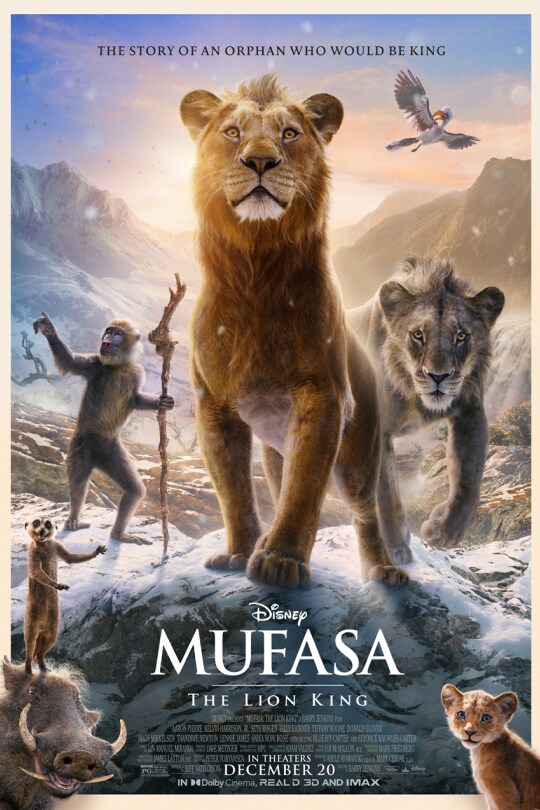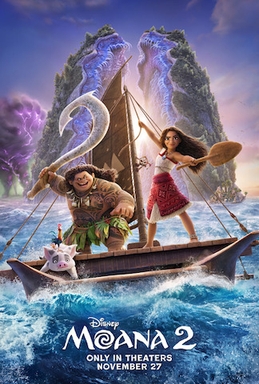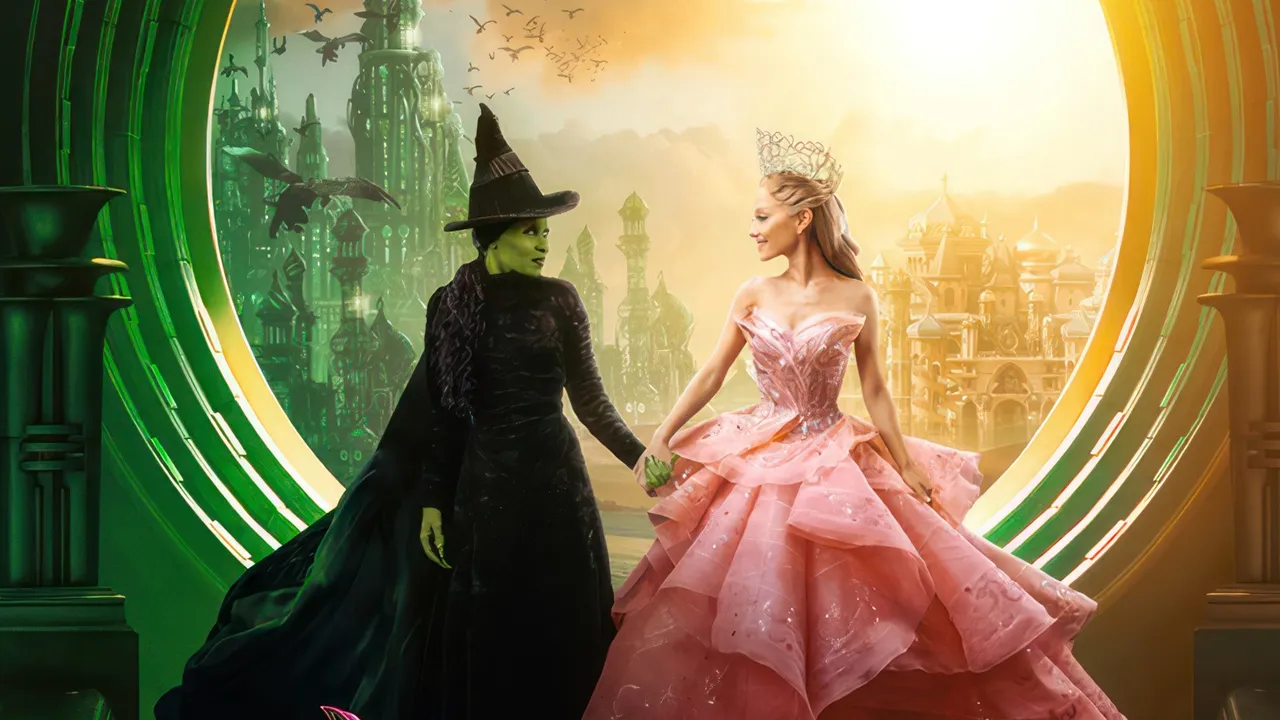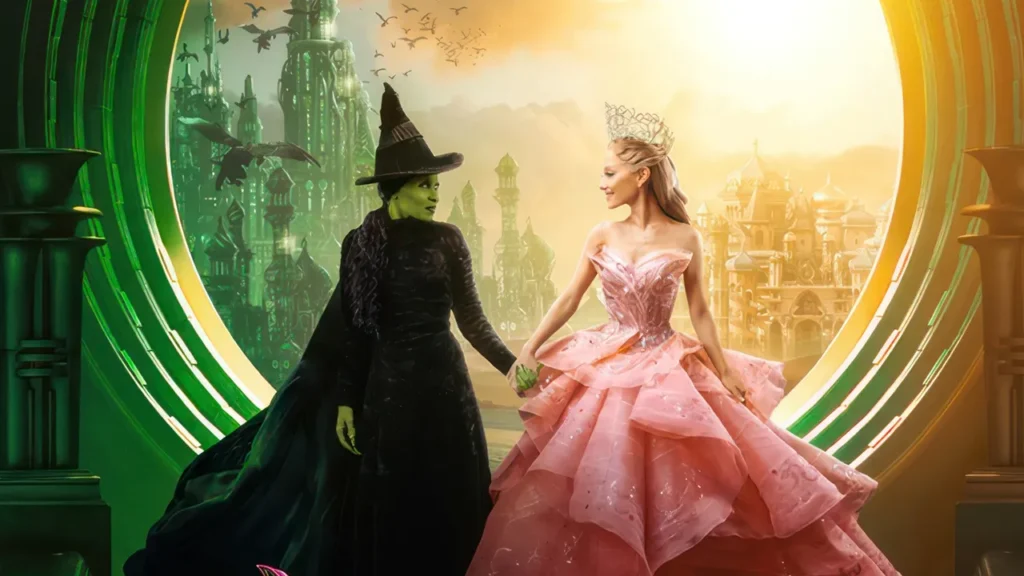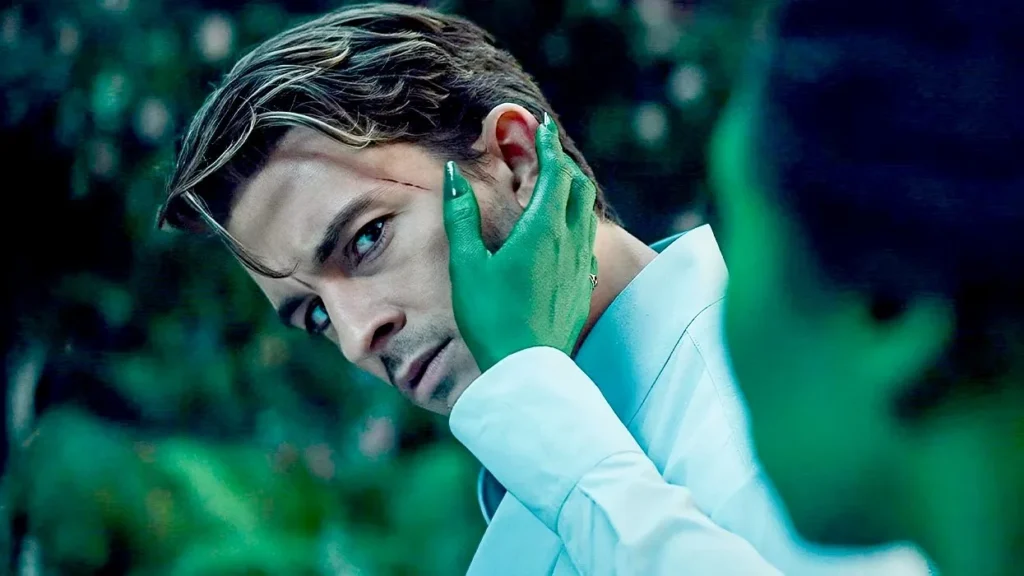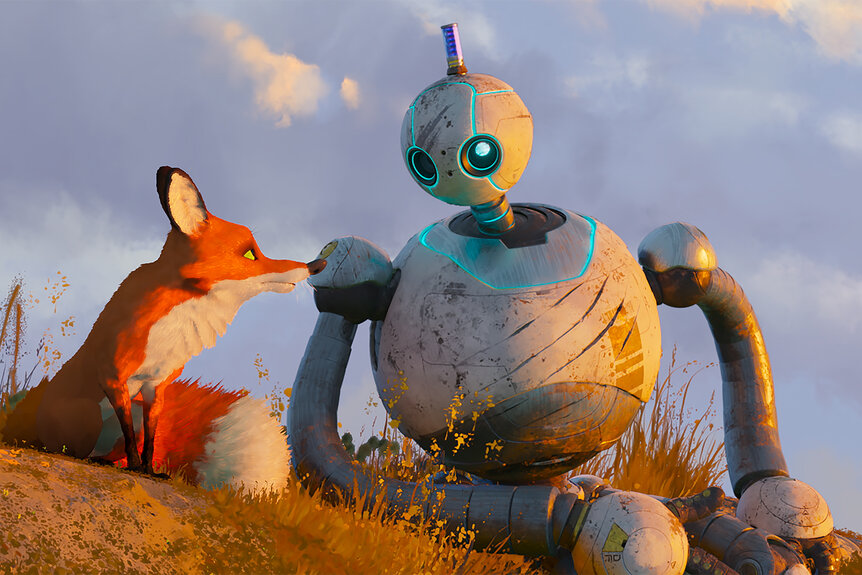Paddington in Peru
Posted on February 13, 2025 at 12:17 pm
B +| Lowest Recommended Age: | 4th - 6th Grade |
| MPAA Rating: | Rated PG for action, mild rude humor and some thematic elements |
| Profanity: | None |
| Alcohol/ Drugs: | None |
| Violence/ Scariness: | Peril and violence, gun, machete, tarantula, no one badly hurt |
| Diversity Issues: | None |
| Date Released to Theaters: | February 14, 2025 |
Paddington is entertaining because of his naivety, which sometimes results in amusing slapstick. But he is beloved because he is true-hearted and kind, and because he knows that a hard stare is called for when people forget their manners. Following the second Paddington film, famously the highest rated movie in the history of Rotten Tomatoes, above expectations for this next in the series were high. It just about meets them with a heartwarming and delightful film, filled with adventure, family, a lost city, singing and tap-dancing nuns, and, when called for, orange marmalade and a hard stare.
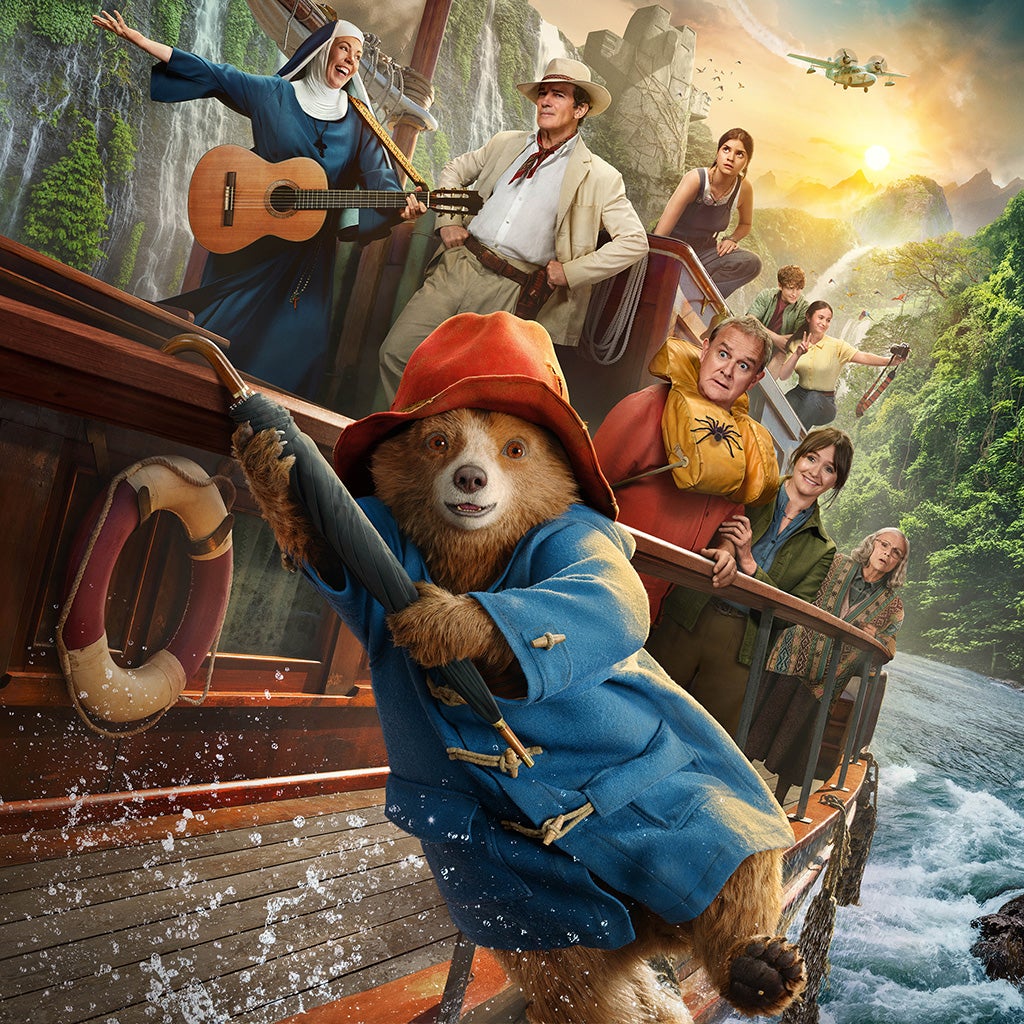
One highlight of the series has been its A-list villains, and I strongly urge audiences to stay through the credits for an update on the best so far, Hugh Grant as Phoenix Buchanan.
We get a reminder of Paddington’s origin stories here, both his being separated from his family and being taken in by his beloved Aunt Lucy (warmly voiced by Imelda Staunton), to reassures the little cub that if he ever gets lost again, he should roar and she will roar back. We also see him arrive at the train station that give him a name humans can pronounce, and then we are up to date with Paddington (Ben Wishaw) not only a beloved part of the Brown family but a naturalized British citizen with a passport to prove it.
The timing is very good, because Paddington receives a concerning letter from the Reverend Mother (Olivia Colman) at the home for retired bears in Peru. She says Aunt Lucy is doing poorly. The Browns like the idea of a trip with some adventure included. Henry (Hugh Bonneville), whose job is assessing risk, with thick notebooks of triple-laminated documentation of every possible peril, is therefore inclined to be very risk-averse. His new American boss has encouraged him to take some risks, and Peru, even with its scary purple-kneed tarantulas, looks like a good opportunity. Mary Brown (Emily Mortimer charmingly taking over from Sally Hawkins) thinks a trip will bring the family together, something she’d been missing with her children getting older. Judy Brown (Madeleine Harris) is getting ready to leave for college and Jonathan Brown (Samuel Joslin) spends all day in his room working on inventions to help him “put a lot of effort into doing as little as possible.”
Paddington and the Browns go to Peru, but when they get to the home for retired bears, Aunt Lucy is gone and no one knows where she is. The clues she left behind seem to suggest she has gone in search of the legendary lost city of El Dorado. And so what they thought was going to be a quiet visit in a nun-run assisted living facility turns into an adventure on the Amazon, in a boat captained by Hunter Cabot, played by Antonio Banderas.
Banderas also plays Cabot’s ancestors, who were all obsessed with finding the legendary lost city of El Dorado, filled with gold. The ancestors are in pictures on the wall and also appear to Cabot to urge him on.
Like the others, this latest entry in the Paddington saga is visually enchanting, charmingly funny, surprisingly wise, and genuinely heartwarming. I admit I teared up near the end. While there is nothing as enthralling as the second film’s gently animated pop-up book or as hilarious as the prison scene, there is plenty to enjoy. This is a story about the power of being kind, empathetic, and gentle, about learning to challenge ourselves, about where we come from and where we are going. It is funny, smart, and endearing, a true gift.
NOTE: Stay for some very funny mid-credit scenes.
Parents should know that there is some fantasy/cartoon-style peril and violence including a tarantula, a gun, a machete, quicksand, and various mildly scary situations. We see the “comic” deaths of the ancestor characters. There are themes of family separation and adoption. Some in the audience may be bothered by the comic and disconnected from faith portrayal of nuns and the “sentencing” of a villain to a convent.
Family discussion: Were you surprised by Paddington’s choice at the end of the film? Why did he make that decision? How should you decide what risks are worth taking?
If you like this, try: the other Paddington movies and the books

